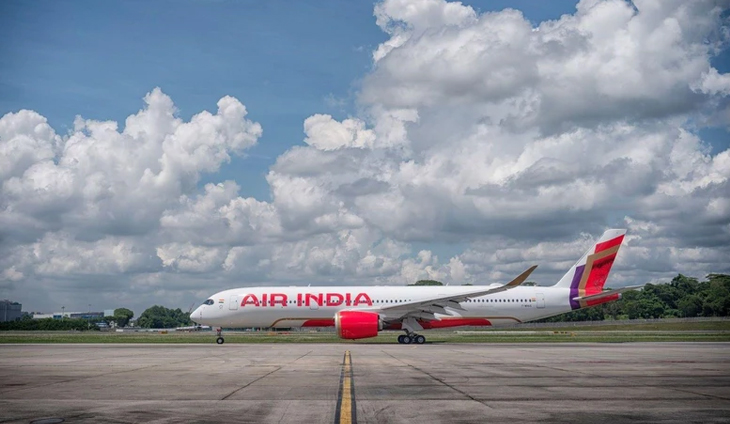India Orders Boeing Fuel Switch Checks After Air India Crash
Following a tragic Air India crash in June that resulted in 260 fatalities, India's aviation regulator, the Directorate General of Civil Aviation (DGCA), has instructed all Indian airlines to conduct thorough inspections of fuel control switches in their Boeing aircraft.
Context of the Directive
This order follows a preliminary report indicating a potential link between the crash and a sudden fuel cutoff to the plane's engines shortly after takeoff. The report raised concerns about the safety and proper functioning of the fuel control switches.
FAA Advisory and DGCA Action
The DGCA's directive is in line with a 2018 advisory issued by the US Federal Aviation Administration (FAA). The FAA advisory recommended, but did not mandate, that operators inspect the locking feature of fuel cut-off switches to prevent accidental movement. Air India had not previously conducted these checks, as they were not mandatory.
Inspection Deadline
The DGCA has set a strict deadline of July 21 for completing these inspections. The regulator emphasized that strict adherence to this timeline is essential to maintain continued airworthiness and ensure the safety of flight operations.
Pilots' Association Response
The Indian Commercial Pilots' Association has publicly defended the actions of the flight crew involved in the Air India incident. The association stated that the crew members acted in accordance with their training and responsibilities under challenging conditions.
Preliminary Report Findings
The preliminary report by the India Aircraft Accident Investigation Branch (AAIB) revealed that the fuel switches on the ill-fated flight were found in the 'cut-off' position, which hampered the engine thrust. Cockpit voice recordings indicated confusion among the pilots regarding the fuel cutoff.
FAA's Stance
Despite the concerns raised, the FAA maintains that Boeing fuel switches are safe. The FAA's 2018 advisory was based on reports that some fuel control switches were installed with the locking feature disengaged, but the agency does not believe this constitutes a safety hazard.

